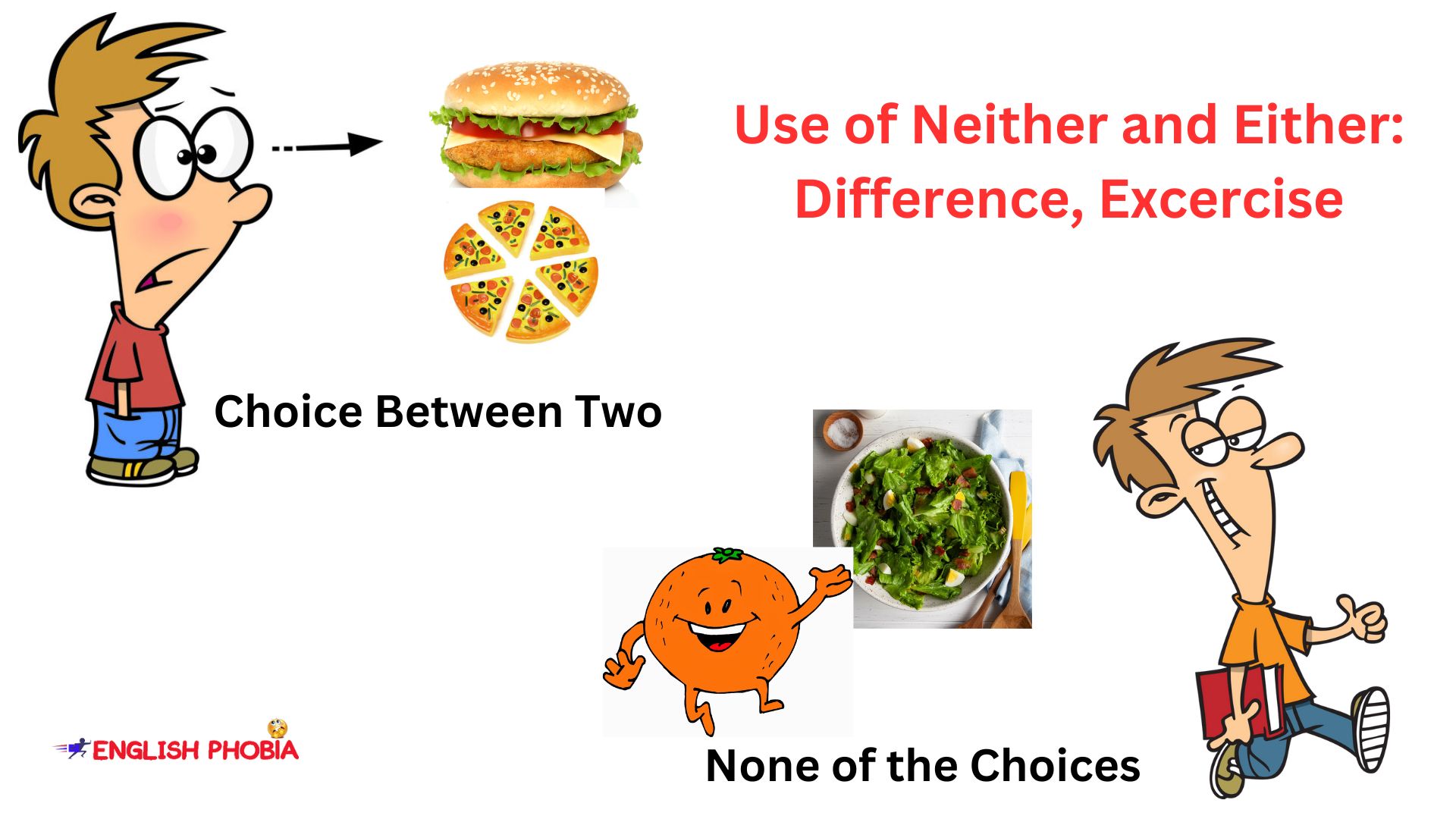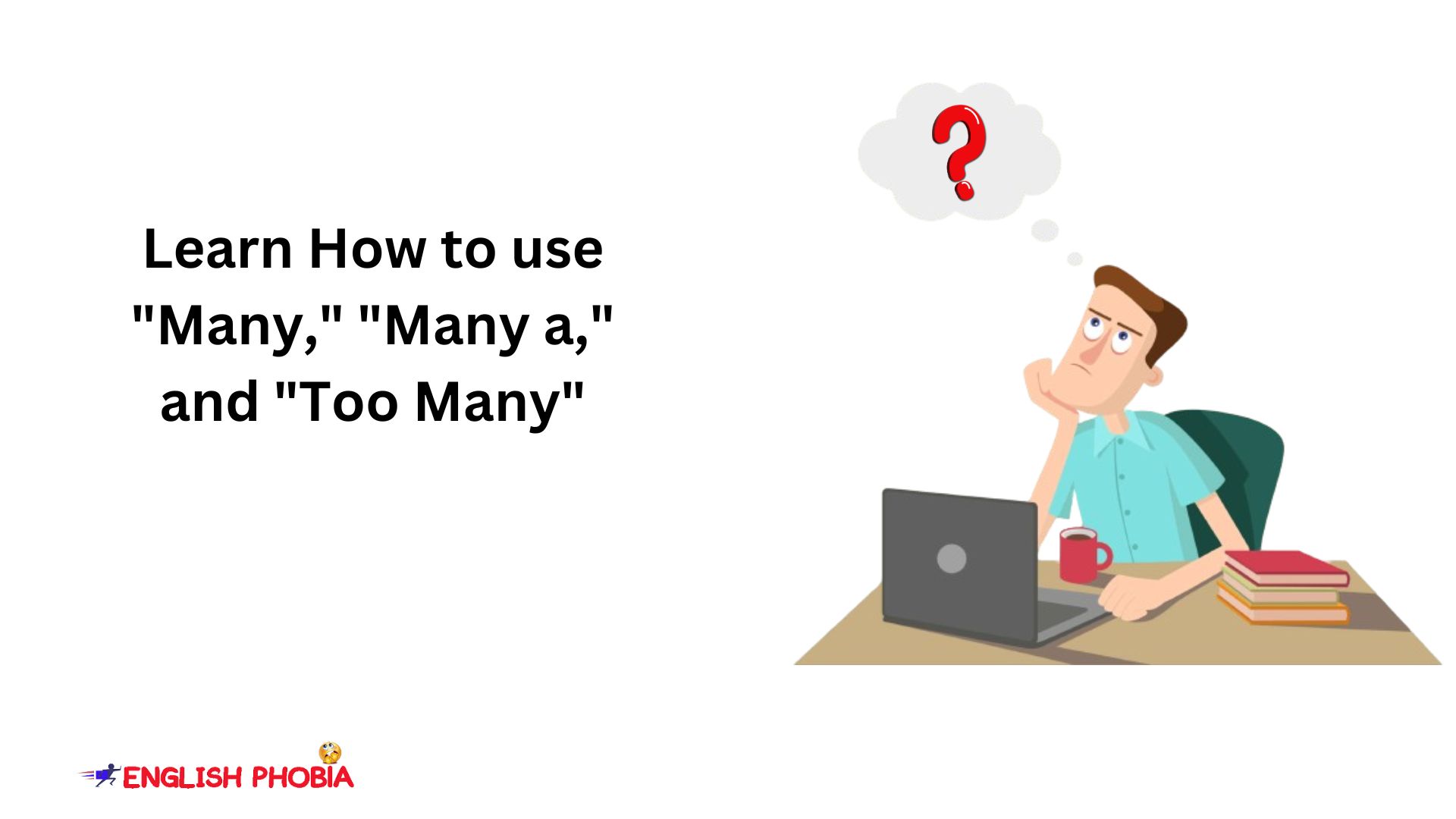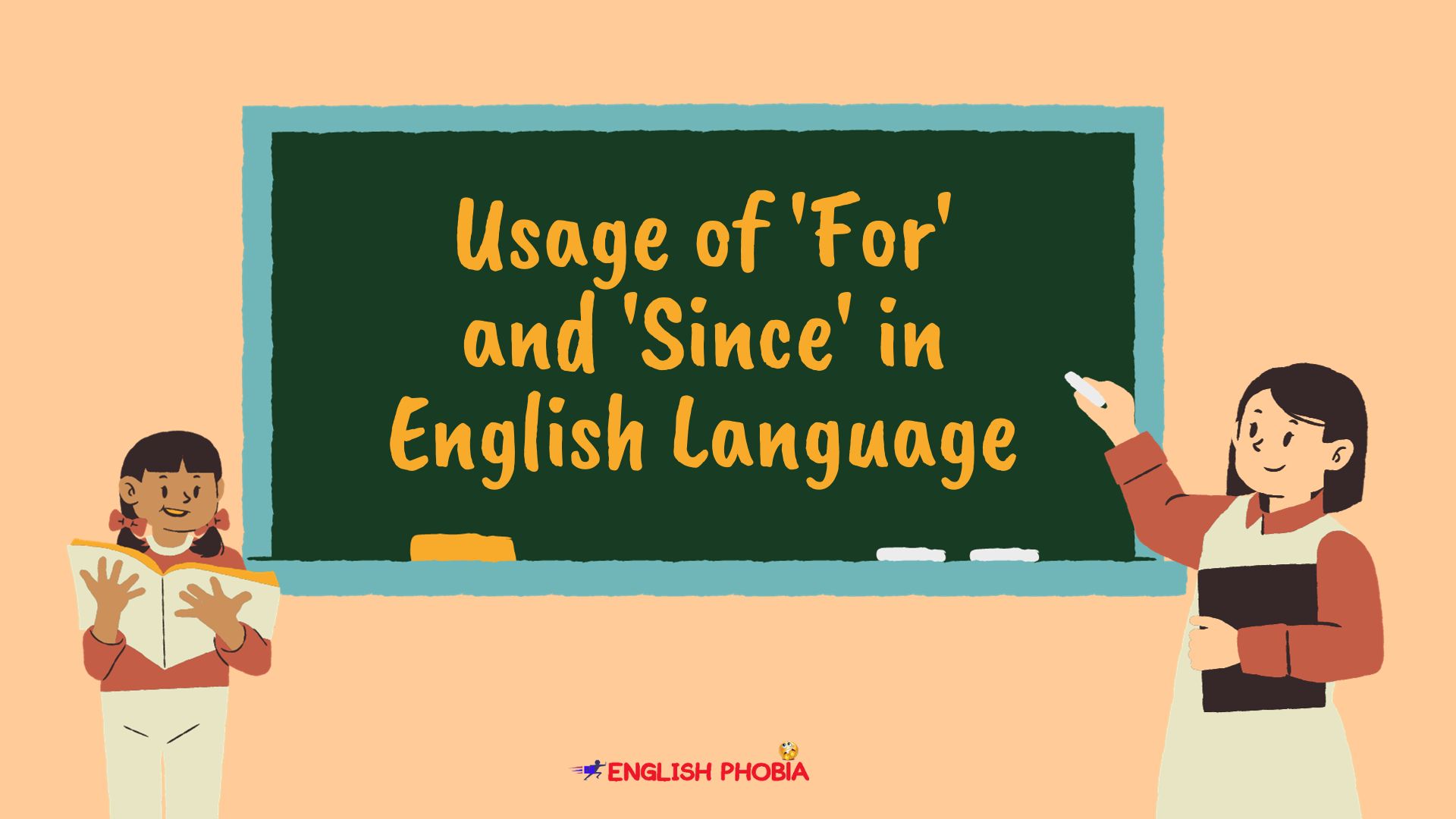Are you tired of using simple sentences? You want to try something new. This article is only for you. You will use new phrases in your sentences.
Learning the use of neither and either is very important. These are coordinating conjunctions. We generally use these two phrases. These help us show the present choices or absence of choices.
In this article, firstly we will learn the difference between either and neither. We will also have some examples, furthermore exercises to practice.
Let’s learn the use of neither and either at ease.
What are Either and Neither?
These two phrases “Either … or” and “neither … nor” are from correlative conjunctions. We use them to express choices or show the absence of choices.
Where to use Either … or?
“Either…or” is a way to talk about two options or choices. It means you can choose one thing or the other, but not both at the same time.
It’s like having two different things and you have to decide which one you want.
For example,
1) Roma could have either a banana or an orange.
This means you can choose to eat either the apple or the orange, but you can’t have both of them together.
Either … or
It presents two options or alternatives.
It implies that one option or the other can be true or chosen, but not both.For example,
1) You can either have cake or ice cream for dessert.
2) We can go either to the beach or to the park this weekend.
Where to use Neither … nor?
“Neither…nor” is a way of talking about two things that are not true or not happening. When we use “neither…nor,” it means that neither one thing is true, nor is the other thing true. You can also say ‘not this, and not that.’
For example,
1) Neither Jack nor Jill can come to my party.
This means that Jack is not coming to your party, and Jill is also not coming.
Neither … nor
It shows the absence of both options and alternatives.
It implies that none of the mentioned choices are true or selected. Let’s use neither nor in a sentence.
For example,
1) Neither Tom nor Jane can attend the meeting.
2) He enjoys neither skiing nor snowboarding.
These correlative conjunctions help us clear choices, or the absence of choices. By using either and neither examples, you will learn to use them. Let’s learn some further rules for them.
Rule 1: Use “either” to present two options or alternatives.
For example,
1) You can either eat pizza or have pasta for dinner.
2) She can either take the train or drive to work.
Rule 2: Use “neither” to show the absence of both options and alternatives.
For example,
1) Neither of the applicants meets the required qualifications.
2) Neither of the shirts fits me properly.
Rule 3: Use “either” with a positive verb.
For example,
1) She can either join the club or start her own.
2) You can either accept the invitation or decline it.
Rule 4: Use “neither” with a negative verb.
For example,
1) Neither of them speaks French.
2) The movie received neither positive reviews nor high box office earnings.
Rule 5: Use “either” in affirmative sentences with a negative construction.
For example,
1) He doesn’t like either chocolate or vanilla ice cream.
2) Either she doesn’t understand the question, or she is hesitant to answer.
Rule 6: Use “either” to show one out of two options.
For example,
1) Either you can go shopping or stay at home.
2) You can either call or send an email to contact me.
Rule 7: Use “neither” to express the absence of both options.
For example,
1) Neither of the restaurants in town serves vegetarian food.
2) Neither of my siblings enjoys playing sports.
Rule 8: Use “either” when offering a choice between two possibilities.
For example,
1) You can either attend the morning session or the afternoon session of the conference.
2) We can either go to the beach or visit the museum on our vacation.
Rule 9: Use “neither” when denying nor rejecting both options.
Here are some neither nor sentences.
For example,
1) Neither of the books interested me, so I didn’t buy any.
2) Neither of the candidates was eligible for the position, so we continued the search.
Rule 10: Use “either” and “neither” in tag questions.
For example,
1) He didn’t like the movie, did he? Neither did I.
2) She can solve the math problem, can’t she? Yes, she can either way.
Conclusion
The use of neither and either are special. We use in English to talk about choices.
“Either … or” means you have two options or choices. You can only pick one of them, not both. For example, you can either play outside or stay inside and read a book.
“Neither … nor” means you don’t have any of the options. It means none of them are true or happening. For instance, neither my friend nor I like spicy food. It means both of us don’t like it.
Using these words helps understand the conjunction of manner and tell others about our choices. When we don’t have any choices. It’s important to use them correctly so people understand us better.











